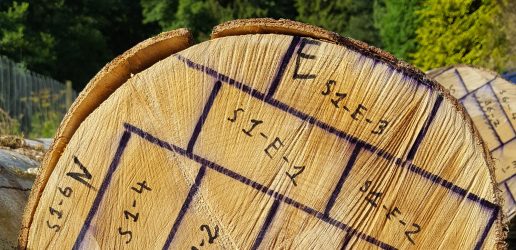
Forest Research’s online TreeAlert system, via their Tree Health Diagnostic and Advisory Service (THDAS), has received a record number of pest and disease enquiries over the past year (April 2020 to 31 March 2021), it was announced today (30 July).
As people spent more time in nature, the service received its highest number of enquiries since it was relaunched in 2014. The service is crucial in the early identification of new pests and diseases, and is used to help enable their control and track the spread of emerging problems.
Tree health enquiries in the past year concerned a wide range of species and mostly broadleaf trees. The most common tree species was oak, followed by ash and sweet chestnut.
The most commonly reported diseases include:
Members of the public, conservation groups and tree and forest practitioners are encouraged to report pest and diseases to TreeAlert.
Tracking the spread of new and emerging pests and diseases is a core part of Forest Research’s work. Other pests and diseases to look out for include:
More information on common enquiries and emerging issues reported to THDAS in 2020.

Forest Research has announced that Dr Bianca Ambrose-Oji, currently Head of its Society and Environment Research Group, will succeed Professor Chris Quine FRSE as Chief Scientist from June 2025.
England’s non-woodland trees have been mapped for the first time, revealing these trees make up nearly one third of our nation’s tree cover.

Forest Research, in partnership with Edinburgh Napier University, have taken a first step in systematically assessing the timber potential of underutilised species in the UK.

Forest Research has announced that Dr Bianca Ambrose-Oji, currently Head of its Society and Environment Research Group, will succeed Professor Chris Quine FRSE as Chief Scientist from June 2025.
England’s non-woodland trees have been mapped for the first time, revealing these trees make up nearly one third of our nation’s tree cover.

Forest Research, in partnership with Edinburgh Napier University, have taken a first step in systematically assessing the timber potential of underutilised species in the UK.